By Gouri Satya, Sr.Journalist
The old city of Mysore was famous for its Keris, Agraharas and Mohallas. The Keris and Agraharas were built by the Maharajas, chiefly during the reign of Krishnaraja Wadiyar III. The Mohallas comprised Keris and Agraharas. Nazarbad, Lashkar, Mandi Mohallas on the Northern side and the Fort Mohalla or Khille Mohalla on the opposite Southern side of the old Fort existed even prior to Krishnaraja Wadiyar III, though they were not parts of Mysuru city. The city, as such, was within the Fort walls. This Fort no longer exists and the present one stands in its place.
As known well, Nazarbad Mohalla was formed by Tipu Sultan, with an intention to build a new city, alternative to Mysore. It was built on Basavana Thittu, a high ground, by around 1799. The small Fort was named Nazarbad. But, he could not complete its construction. A portion of the Nazarbad Fort still exists on the Mysore-Bangalore Road, near the Mysore Central Jail. When the capital was moved to Mysore, after Tipu’s death and the fall of Srirangapatna to the British Army, the Wadiyar’s family too was shifted to Mysore and they were accommodated in a small bungalow temporarily built in Nazarbad. The Dasara procession of Krishnaraja Wadiyar III, starting from the then Palace in Mysore City, was reaching the Maharaja’s Bungalow at Nazarbad where a Raja Sabha (Durbar) was being held in the Chandra Shala Hall in that house, before the procession returning back to the Palace.
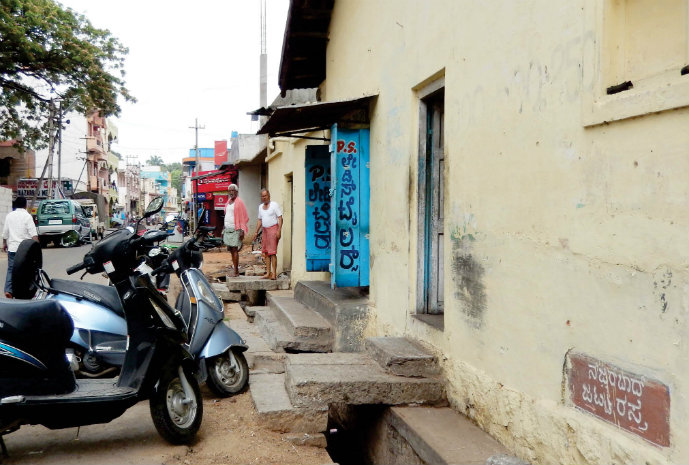
Nazarbad Jatti Rasthe
Lashkar means military. Lashkar Mohalla was the cantonment near Mysore during the period of Hyder Ali Khan and Tipu Sultan. They had stationed an army unit there.
Mandi, as we all understand, is an area where trading takes place. Trading of food grains and other produces, brought by villagers from their villages where they cultivated them, chiefly in the fertile area of the river Cauvery, took place in this Pete or Market. The Pete was very congested. Bullock carts, which brought food grains, were parked in this place, making it more congested. Subsequently, this Pete came to be known as Mandi Mohalla, when it came within the limits of the city.
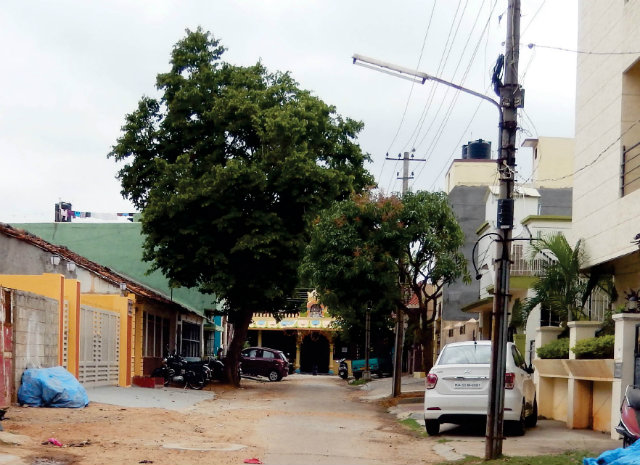
Kathwadipura Agrahara
The Fort Mohalla was known as Khille Mohalla. Khille means fort. As it was closer to the Fort, it was called Fort Mohalla. In this area, Khilledars were stationed and also the Palace elephants. The stationing of the elephants continued for a long period, almost until the early 1960s. The road, which is named now as Ramanuja Road, was known as Anekaroti Beedi then. Karoti is a corrupt word for Karuhatti, meaning elephant stables.
Hayavadana Rao writes in Mysore Gazetteer, “The present Hale-Agrahar, the Fort, Dodda Pete (present Ashoka Road), and Lashkar Mohalla mainly constituted the limits of old town of Mysore in the early days of the 19th century. Some very fine additions still extant, in the shape of eastern and western wings, owe their origin to the days of the rule of His Highness the late Maharaja Sri Krishnaraja Wodeyar III.”
He further writes, “The City is divided into the following seven Mohallas for the purpose of Municipal administration: Fort, Lashkar, Devaraj, Krishnaraj, Mandi, Chamaraj and Nazarbad.” This was in 1924. [These Mohallas still continue to remain both on CMC records and in popular use].
Subsequently, when more than 7,497 insanitary houses were removed and wide roads and conservancy lanes were formed, the city was further expanded on modern lines to provide house sites for the displaced population. The new extensions formed for the purpose were Chamundi Extension, Narasimharaj Mohalla, Vani Vilasa Mohalla, New Lakshmipuram Extension and New Idga Extension.
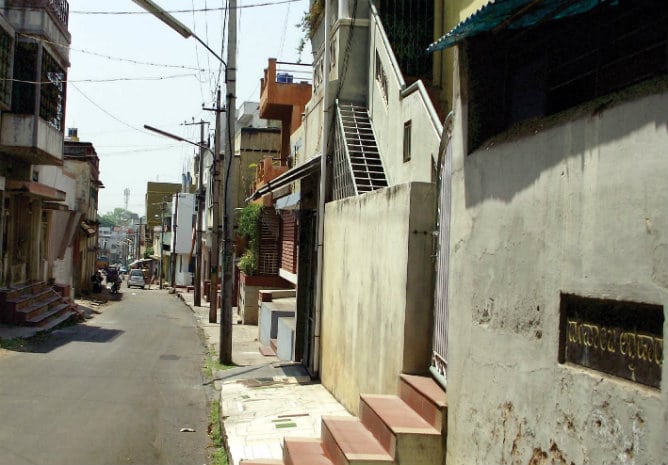
Devamba Agrahara
Similarly, there are many old ‘Agraharas’, some built during the period of Krishnaraja Wadiyar III. The Agraharas were built to accommodate Brahmin scholars and priests, many of whom were associated with the Palace, the Maharaja’s Sanskrit College and temples. Those who migrated from Srirangapatna were also provided with houses in these Agraharas. The rulers had provided houses to musicians also who were associated with the Palace. That is how we have the Veene Seshanna Road, named after the famous veena maestro and Veene Shamanna Road, another famous veena artiste. Construction of these Agraharas was to decongest the place within the Fort walls. For example, when plague occurred in 1905, Veene Seshanna moved out of the Fort to Hasuvina Kauhatti in Old Agrahara. By 1911-12, all the houses were cleared within the Fort, those living there accommodated outside in Agraharas and Purams.
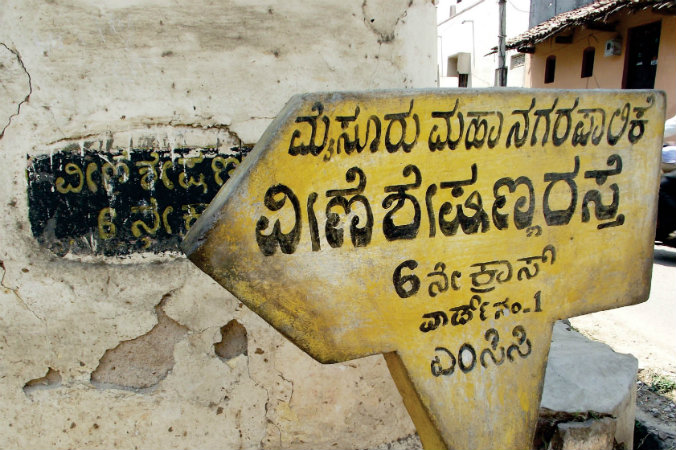
Veene Seshanna Road
The Keris were for the working class. Those associated with different professions lived in these Keris. Some of these Keris were small villages, with villagers who had specialised in a particular job. The very names of these Keris indicate people of a particular profession residing there.
To name a few of the Keris, we have Hale Bandikeri (where bullock carts were parked), Agasa Keri (where washermen lived), Gollageri (where cattlemen lived), Sunnada Keri (where people selling lime-stones for white-washing lived), Kanchugarara Beedi (where metal vessel makers lived), Medarakeri (where bamboo weavers lived), Kamatageri (where Kamatis lived), Kumbarageri (where earthern pot-makers lived), Halladakeri, Okkalageri (where Vokkaligas or farm men lived), Budubuduke Keri (where men who went round seeking alms playing budubuduke (a small drum-like instrument lived), Garadikeri (where wrestlers lived), etc.
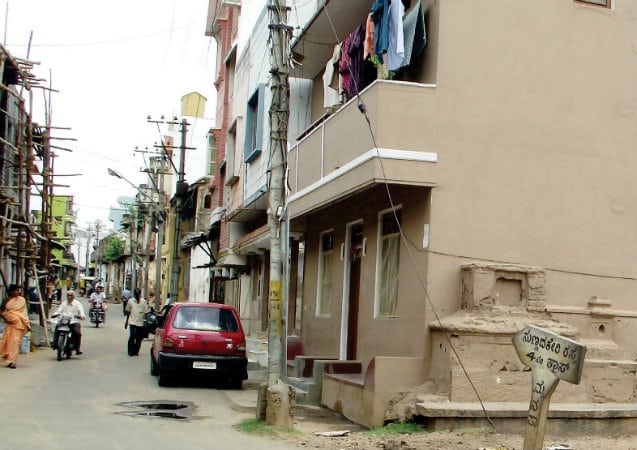
Sunnadakeri
It is interesting that even now there are one or two families continuing their traditional profession in some of these Keris.
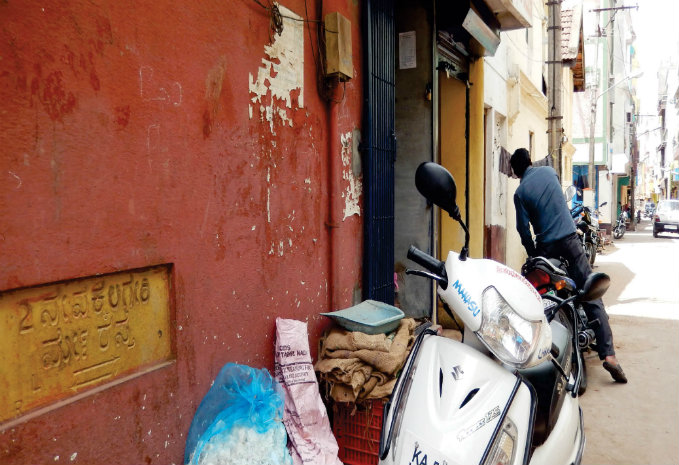
Okkalageri
Similarly, there are Beedis indicating the streets where lived those who followed a particular profession like Chinivarara Beedi, Gangadikarara Beedi, Ganigara Beedi, Sonar Beedi, Chavadi Beedi, Hullina Beedi, etc. Here too one can find a family or two continuing to practice their traditional profession like in Sonar Beedi, where one or two goldsmith families live.
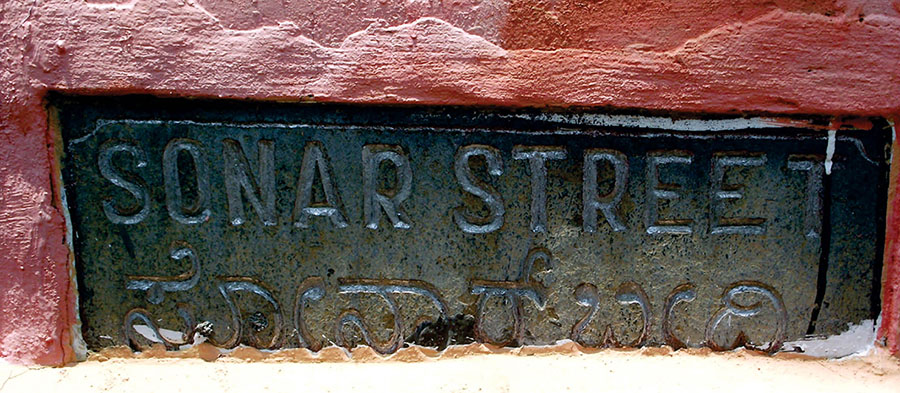
Sonar Beedi
The names of Mohallas, Keris and streets have their own history to tell, but that is for another occasion.



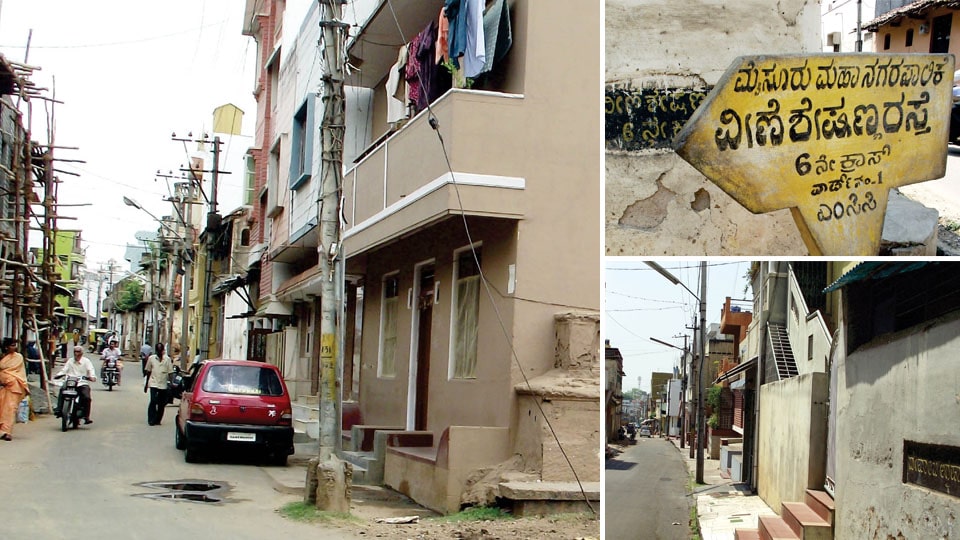
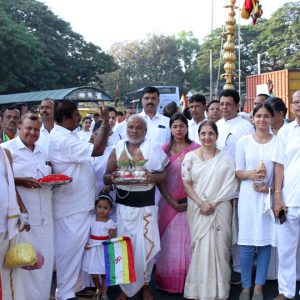
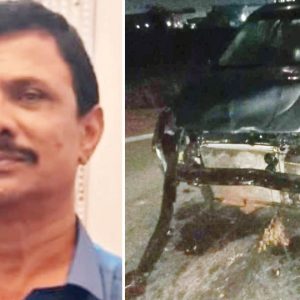
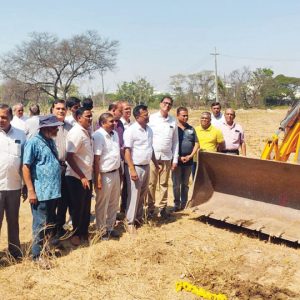
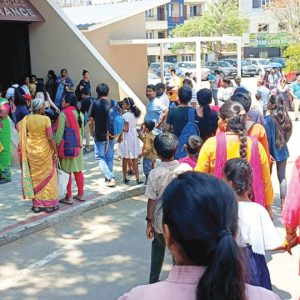
Interesting article that takes us back to Mysuru as we knew it in 1950s. Some of these congested streets, we guess are still there, as seen in the photographs with two wheelers crowding them further, thus choking these areas further.
Nostalgic. How nice and peaceful was it to live on 40’s and 50’s. There is one Anesarot street, Kotwal Ramaiah street in Devaraja mohalla.
I would have expanded a bit more on the “Purams”-Chamundipuram, Saraswathypuram, Krishnamurthypuram and VVpuram. These new “purams” then attracted many famous people-Novelists like TaRa Su in Chamundipuram for example.
1950s Mysuru for example had a soul then, unlike now.
Purams can be a separate article as they were later developed.
Amazing article. Got a wealth of knowledge about Mysuru which I never knew even after staying there for a long time. Look forward to more such articles about our beloved Mysuru !
Mysuru as we see it today evolved over many decades, and it makes sense and relates better too in contextual terms for those who live in this City today, if the narrative started with the City as we see today-which means “Purams” and new extensions, and look backwards how the constituents of the City emerged over many decades through those Purams and new extensions. This can relate to Mysoreans of today better than a disconnected snapshots of Mohallas, Agrahars and Keris which made the City from historical view point, and which can be better linked from the present to the past. This type of contextual narrative looking back from the modern to the past is common for cities In Europe.
Strangeworld, thanks for your suggestion.
Very good article. Good information to all the readers in Mysuru.
Waiting to see more articles on Purams and also on the timeline of development of areas, the water tank facilities, the drain facility provided in those era.
Felt so nostalgic while reading the article and seeing those pictures. I have literally lived in Mandi Mohalla, Lashkar Mohalla, K R Mohalla, Hullina Beedi, Veene Sheshanna Road. My friends to live in Sonar Beedi and in around Sadvidya High School. I am currently living in Pune but a true Mysorean by heart. Thank you so much for the article. Cheers!